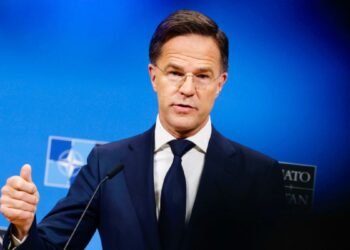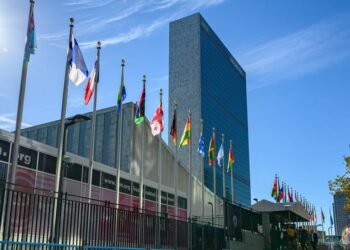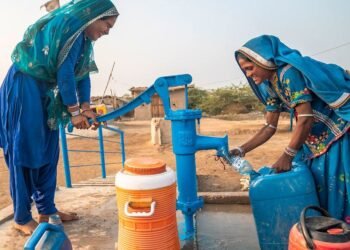The World Bank forecasts global economic output to rebound at 4% in 2021 as a result of a collapse last year caused by the COVID-19 pandemic. The expected expansion which represents a recent rebound in economic activities in most parts of the world will, however, remain more than 5% below pre-pandemic projections.
Global activity is estimated to have contracted 4.3% in 2020 as a result of COVID-19, making it the fourth most severe global recession of the past 150 years, exceeded only by the first World War, the Great Depression, and the Second World War, the World Bank said in its Global Economic Prospects report for 2021.
However, global growth is projected to moderate to 3.8% in 2022, weighed down by the pandemic’s lasting damage to potential growth. In particular, the impact of the pandemic on investment and human capital is expected to erode growth prospects in emerging markets and developing economies (EMDEs) and set back key development goals.
The global recovery, which has been dampened in the near term by a resurgence of COVID-19 cases, is expected to strengthen over the forecast horizon as confidence, consumption, and trade gradually improve, supported by ongoing vaccination.
As a result of China’s expected rebound at 5% in 2021, after a contraction of 2.6% in 2020, aggregate EMDE growth is envisioned to be steady at an average of 4.6% in 2021-22.
In the absence of China, the recovery across EMDEs is anticipated to be more muted, averaging 3.5% in 2021-22, as the pandemic’s lingering effects continue to weigh on consumption and investment.
According to the World Bank, despite the recovery, aggregate EMDE output in 2022 is expected to remain about 6% below its pre-pandemic projection.
This is as a result of the possibility of a further increase in the spread of the virus, delays in vaccine procurement and distribution, more severe and longer-lasting effects on potential output from the pandemic, and financial stress triggered by high debt levels and weak growth.
The World Bank has, however, encouraged countries to focus immediately on limiting the spread of the virus, providing relief for vulnerable populations, and overcoming vaccine-related challenges that may arise.
“While the global economy appears to have entered a subdued recovery, policymakers face formidable challenges—in public health, debt management, budget policies, central banking, and structural reforms—as they try to ensure that this still-fragile global recovery gains traction and sets a foundation for robust growth”.
“To overcome the impacts of the pandemic and counter the investment headwind, there needs to be a major push to improve business environments, increase labor and product market flexibility, and strengthen transparency and governance”, said World Bank Group President David Malpass.
The pandemic has exacted substantial costs on all EMDE regions. The World Bank indicated that although all regions are expected to grow this year, the pace of the recovery varies considerably, with greater weakness in countries that have larger outbreaks or greater exposure to global spillovers through tourism and industrial commodity exports.
As a result, the East Asia and Pacific region is envisioned to show notable strength in 2021 due to a solid rebound in China, whereas activity is projected to be weakest in the Middle East and North Africa, and Sub-Saharan Africa regions.
Many countries are expected to lose a decade or more of per capita income gains. In addition to region-specific risks, all regions are vulnerable to renewed outbreaks and logistical impediments to the distribution of effective vaccines, financial stress amid elevated debt levels, and the possibility that the impact of the pandemic on growth and incomes may be worse than expected over the longer term.





















